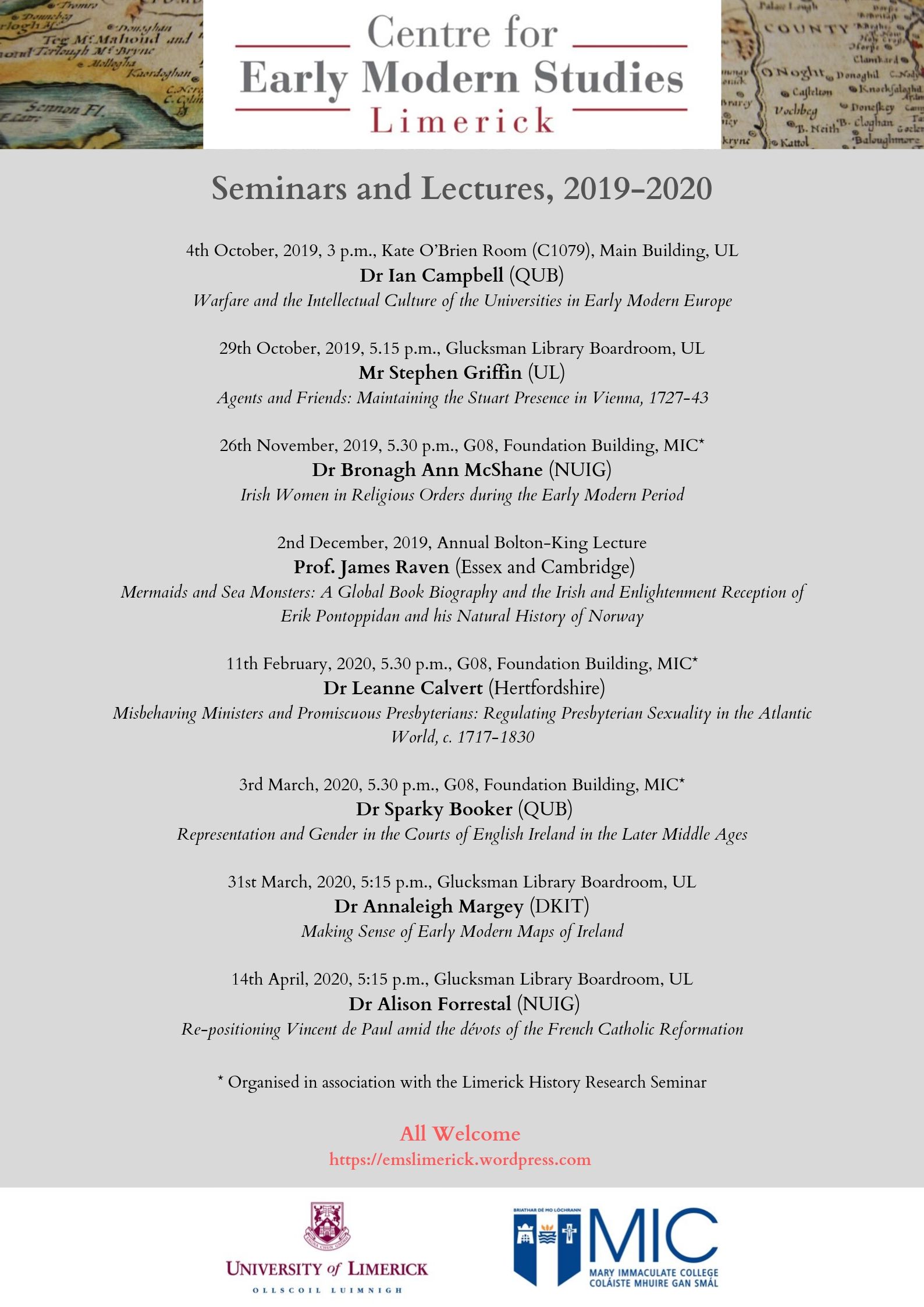Mermaids have been a source of fascination for centuries and are an integral part of Irish and Norwegian folklore. Irish mermaids or “merrows” are associated with protection of fishermen and sailors and are known for their beautiful singing voices. Norwegian mermaids, or “havfruer”, are believed to have magical powers and are associated with controlling the weather and sea conditions. There are also differences in their depictions in art and literature, with Irish mermaids being more down-to-earth and relatable while Norwegian mermaids are depicted in more fantastical forms. Despite these differences, mermaids continue to capture our imagination and inspire artists, authors, and filmmakers today.
The Mermaids of Ireland and Norway: A Comparative Study
Introduction
Mermaids are mythological creatures that have fascinated people for centuries. They are often depicted as having the upper body of a human and the tail of a fish. Mermaids are believed to be beautiful, alluring, and sometimes dangerous creatures. In this article, we will compare the mermaids of Ireland and Norway, two countries with rich traditions of folklore and mythology.
The Mermaids of Ireland
Ireland has a long and colorful history of mythical creatures, and mermaids are a significant part of that history. Irish mermaids are known as “merrows” or “muirgheasa” in Irish. They are believed to be half-human and half-fish, with dark hair, green eyes, and webbed fingers. Irish mermaids are associated with the sea and are considered protectors of fishermen and sailors.
According to Irish folklore, merrows would often visit fishermen and sing beautiful songs. These songs were said to be so enchanting that they would lure the fishermen into the sea. Once in the water, the merrows would kiss the fishermen and take them to their underwater homes. Irish mermaids are also known for their magical red caps, which are said to have the power to grant wishes.
The Mermaids of Norway
Norwegian mermaids, known as “havfruer,” are similar to their Irish counterparts in many ways. They are also half-human and half-fish, with long, flowing hair and a fish’s tail. Norwegian mermaids are often depicted as being more beautiful and graceful than their Irish cousins. They are also associated with the sea and are said to live in underwater caves and coral reefs.
According to Norwegian folklore, mermaids have magical powers, including the ability to control the weather and sea conditions. They were also believed to be able to foretell the future and were consulted by seafarers before embarking on long voyages. Norwegian mermaids were also known for their singing voices, which were said to be so beautiful that they could cause storms.
Comparative Analysis
Despite the similarities between Irish and Norwegian mermaids, there are also significant differences. Irish mermaids are primarily associated with protection and good luck for fishermen and sailors. They are also more likely to be portrayed as mischievous and playful, often playing tricks on humans. In contrast, Norwegian mermaids are associated with magic and power, with more emphasis on their ability to control the elements and predict the future.
Another difference between the two is the way they are depicted in art and literature. Irish mermaids are often portrayed as more down-to-earth and relatable, with realistic depictions of their clothing and behaviors. Norwegian mermaids, on the other hand, are often depicted in more fantastical and ethereal forms, with flowing hair and delicate features.
Conclusion
In conclusion, the mermaids of Ireland and Norway share many similarities, but there are also significant differences. The Irish merrows are associated with protection, good luck, and mischievousness, while Norwegian havfruer are associated with magic, power, and foresight. Despite these differences, mermaids continue to capture our imagination and inspire artists, authors, and filmmakers to this day.
